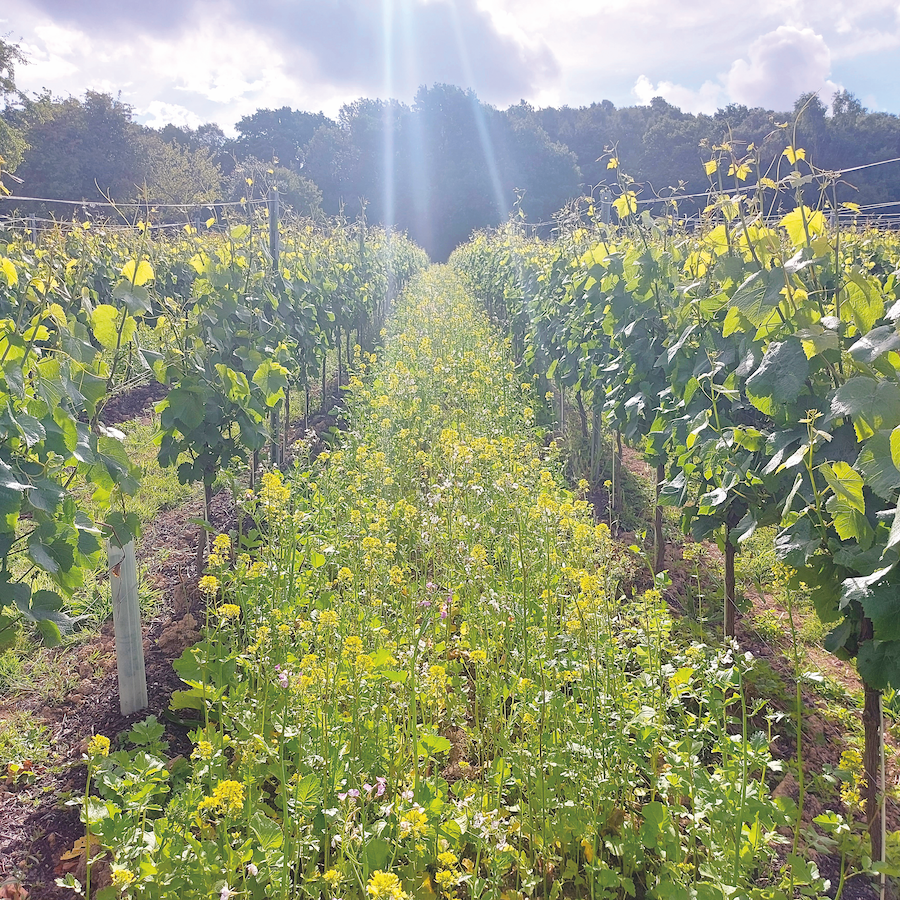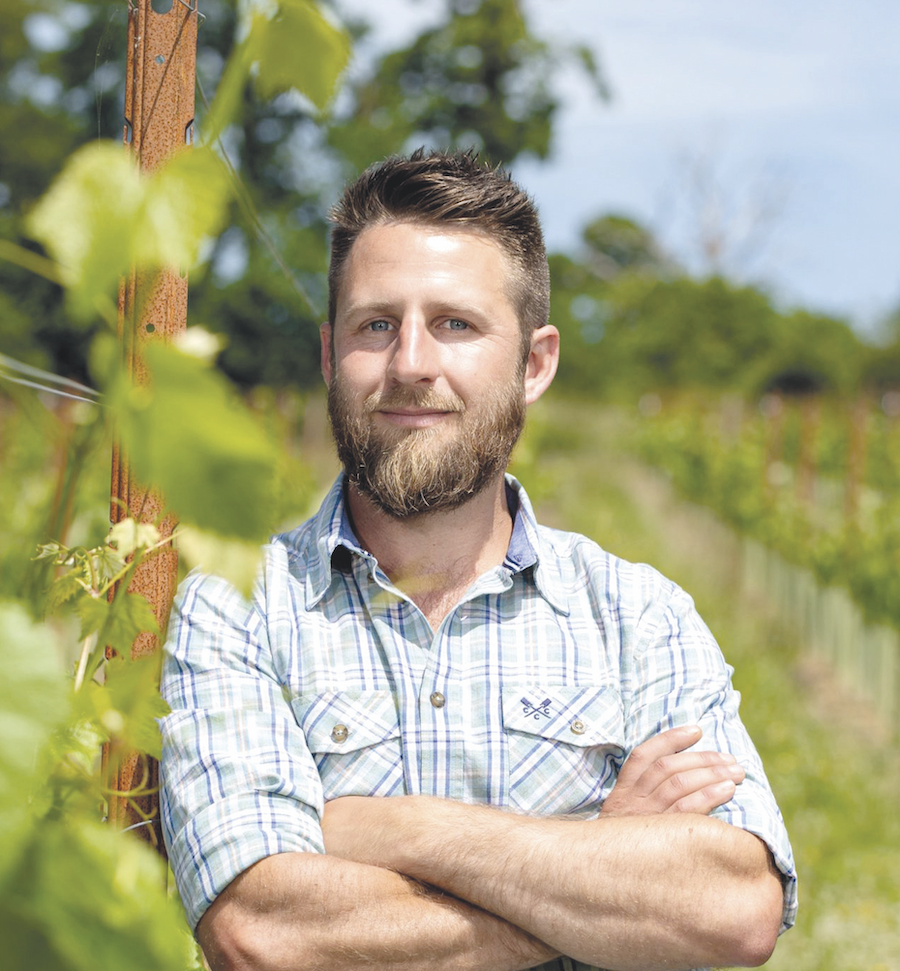Regenerative viticulture: How to make nature do the work for you
31st January 2024
At last year’s Groundswell Festival, expert viticulturist Joel Jorgensen from vineyard and winery consultancy Vinescapes discussed what it means to grow vines using regenerative principles and the benefits he has seen to soil health, biodiversity, yields and wine quality.

Joel Jorgensen, managing director at Vinescapes, defined regen viticulture as trying to mirror nature and having a deeper understanding of ecological processes to then incorporate that knowledge into the vines and let the soil and plants do the heavy lifting.
To explain what that means in practical terms and illustrate the financial implications of the approach, he discussed a case study that has been ongoing for several years, featuring two vineyard sites with vastly different management approaches to begin with.
The two sites are practically mirror images of one another, with similar terroir, including south-facing slopes, medium-textured sandy clay loam soils with good drainage, shelter from prevailing winds and sufficient air flow between the rows.
One key difference lies in the spacing of the rows, which is 3.1m in site A and 2.1m in site B, resulting in the same-sized tractor driving very close to the root zone in the latter case, Joel pointed out.
Moreover, site A has very little or no compaction in the root zone of the vines, despite historically never being tilled and receiving very little herbicide treatment. Vegetation is allowed to come through naturally between the rows, resulting in a diverse flora mix counting 20 species or more.
Pest and disease pressures are managed with a reactive spray programme based on weather data, and spraying is done once or twice a year instead of 10–15 times as is typically done in a conventional vineyard, with a knock-on effect on the bottom line.
In comparison, site B began as the polar opposite in terms of management style, with the vine rows very neat and tidy and well-maintained, golf course-type grass in the alleyways, necessitating a robust nutrition program relying heavily on synthetics and frequent spraying throughout the year.
A closer look at the ground conditions revealed high earthworm counts in site A, along with, as Joel described, “mixed bobbly crumb” soil, indicating organically created structure. Meanwhile, site B had much less activity in the ground and was clearly struggling with compaction, revealing “large angular blocks of essentially bricks of soil under the ground.”
Having seen the same pattern at numerous sites over the years, and the effect on yields and wine quality, Joel concluded that a truly healthy soil does wonders for any crop, but particularly for vines.
“What I mean by that is not just chemical health, but actually biological health and structural health,” he explained. “So, we’re looking at the porosity and the microbial life in the soil; if they’re working well, they do a lot of jobs for you, and that’s what this case study was all about.”
Site A was also found to have very consistent yields, around 7–8t/ha, with very positive feedback from wineries regarding fruit quality. Joel found this to be the case at every regen site with high levels of biodiversity, supporting a more stable crop which, in turn, makes every step of the business much more linear.

The journey to recovery
After convincing the owner of site B that improving soil health will pay dividends on the long run, the Vinescapes team set out to de-compact the soil using a soil-improving brassica mix, containing tillage radish, phacelia and mustard amongst other species, which carried out all the subsoiling work.
“It was actually a way of improving the soil without using heavy machinery, so we’re not undoing nature’s goodness – we’re just encouraging it to do it quicker,” Joel said.
The seeds were planted using a no-till drill pulled by a lighter tractor to further reduce compaction. Weather stations were also installed to allow the team to reduce the spray programme step by step using a data-driven approach.
“On average, on most of our sites, we’ve sprayed maybe once or twice this year and only with bio products, and they’re all still spotless; whereas if we followed the agronomous spray programme, we’d be on spray seven or eight by now,” Joel noted.
To kick-start the soil biology and replenish carbon stocks, PAS100 compost was added at 50t/ha, mixed with a bit of manure to balance the carbon and nitrogen levels, which he said really helped improve the fertility of the soil.
After implementing only minor changes in management just over a year ago, the team is now starting to see major improvements to soil health, counting over 30 earthworms in a single spade full of soil where there were just 13–14 previously.
“All we did was sow a cover crop, put some compost down, and start to reduce the sprays,” Joel said. “With all of these really minor tweaks in the management practices on this site, we found that we were able to reduce costs and inputs, and have a more consistent yield.”
He added that similar trends were seen on all vineyards managed regeneratively by Vinescapes, resulting in a higher and more consistent yield, reduced input costs and, most importantly, better-flavoured wines.
“It all comes back to soil health, reducing pesticides, reducing compaction, and using plants to do the job for you,” Joel concluded.
